Colophospermum mopane
General Info – summary
Spineless Tree to 22m high + trunk up to 1m wide. Rough, dark grey to blackish bark is fissured lengthways. Between the 2-foliate, asymmetric Leaflets is a tiny, vestigial leaflet. Small, greenish, bisexual Flowers lack petals & have 20-25 free stamens, a superior ovary with a single ovule + a lateral style. Fruit – an indehiscent papery pod up to 5cm long, + one sticky & usually reniform, corrugated seed.
Description
Previous Names: Copaiba mopane, Copaifera mopane, Hardwickia mopane.
SA Tree No. 198.
Common names: (Afr) Mapaane, Mopaane, Mopane, Mopanie, Mopaniehout, Terpentynboom, Witysterhout, Ysterhout. (Eng) Balsam tree, Black Ironwood, Butterfly Tree, Mopane, Red Angola Copal, Rhodesian Ironwood, Rhodesian Mahogany, Turpentine Tree, White Ironwood. (IsiNdebele) Ilipanie. (Northern Sotho) Mohlanare, Mopane. (Setswana) Mopane, Mophane. (Tshivenda) Mupani, Mutanari. (Xitsonga) Nxanatsi.
Family: Fabaceae, or Leguminosae (Pea, bean or legume family). After the Orchidaceae and the Asteraceae, the Fabaceae is the third largest Angiosperm (flowering plants) family with 700+ genera and close to 20 000 species. Local Tree genera on this website include Acacia (Vauchellia, Senegalia), Albizia, Bauhinia, Bolusanthus, Burkea, Calpurnia, Colophospermum, Cordyla, Cyclopia, Dichrostachys, Erythrina, Erythrophleum, Faidherbia, Indigofera, Mundulea, Peltophorum, Philenoptera, Piliostigma, Schotia and Xanthocercis. The Fabaceae are recognisable by their fruit and their pinnately compound Leaves. Leaves may also be simple – even bilobed and usually have stipules – some of which may be spinescent. Leaflets are usually entire. Flowers are bisexual and bracteate. Regular flowers usually have 4-5 sepals and the same number of petals. Irregular flowers have 4-5 sepals and 5 or less petals. Stamens have anthers that have 2 pollen sacs and there are usually at least twice the number of stamens as petals – often 10. The superior Ovary has 1 locule containing 1 or more ovules. The Stigma and Style are simple. The single carpel develops into the Fruit, which is usually a pod. The mature pods may dehisce or break into segments. Seeds vary.
Name derivation: Colophospermum – oily seed. mopane – from the Shona local name of the tree. This is the only species in the genus Colophospermum.
Conservation: National Status: L C. (Least Concern). Assessed: Raimondo et al. (2009).
Tree
This spineless Tree is up to 22m high – but in South Africa, it is usually much less (photo 232). The very tall mopane trees are called Cathedral Trees and usually develop beyond our boarder. In South Africa, they usually range between 3-18m high, often forming a “mopane scrub”. Likewise, the Trunk is up to 1m wide but usually much smaller and may have more than one trunk. Mature Stems (main axis of the plant, the leaf and flower bearing as distinguished from the root-bearing axis) have Bark that is rough, dark grey to blackish and deeply vertically fissured (photo 218). This is diagnostic. It flakes in narrow strips. Also visible on this photo are splashes of light coloured Lichen (composite organism arising from a mutualistic relationship between fungi or cyanobacteria and algae species).
- 232. 2014/09/01. Mapungubwe NP. Photo: David Becking.
- 218. 2014/09/01. Mapungubwe NP. Photo: David Becking.
Leaves
This deciduous to semi deciduous tree may be without Leaves for up to 5 months. New leaves are pinkish alternate and become hairless and coriaceous (leathery). The leaves lack a Midrib (the main rib of a leaf or leaf-like part, a continuation of the petiole). When crushed, the mature leaves smell of turpentine (hence one common name Turpentine Tree). The Petiole (leaf stalk) is up to 4cm long (photo 221). The Stipule (basal appendages of the petiole) is caducous (an organ or part, which is easily detached and shed early). The Margin is entire (with a continuous margin, not in any way indented).
Between the two butterfly-like winged Leaflets of this compound leaf, is a small diagnostic red protuberance (bulge). Extending from this is a brown, much reduced, vestigial (imperfectly developed, non-functional) terminal leaflet (photo 221). The two remaining opposite leaflets are obliquely ovate, up to 8cm long and lack Petiolules (leaflet stalks). The area surrounding the junction between the “3” leaflets is a deep red colour (photo 221). When viewed with a hand lens, against a strong light, translucent gland dots are visible on the 2 large leaflets. Here, about 7-12 visible Veins radiate out from the point of attachment (photo 221). Each leaflet Apex tapers and the Base of each large leaflet is markedly asymmetric (not equal to the opposite side) and lobed on the side – moving away from the terminal leaflet (photo 221).
- 231. 2014/09/01. Mapungubwe NP. Photo: David Becking.
- 221. 2014/09/01. Mapungubwe NP. Photo: David Becking.
Flowers
The inconspicuous, greenish or whitish Flowers are bisexual and zygomorphic (irregular flower: when the flower is divisible into 2 equal halves in one plane only). They develop in axillary Racemes (a simple elongated inflorescence with stalked flowers) or in sprays up to 7cm long. Each Pedicel (flower stalk) is up to 8mm long and the Bracts (much-reduced specialised leaves) are minute. The Calyx has 4 greenish Sepals, but Petals are absent. Flowers have 20-25 free Stamens of equal length. These aid wind pollination by substantially extending beyond the flower. The free Anthers are dorsifixed (attached by or at the back – dorsal side) and dehisce through longitudinal slits. The stalked, superior Ovary is compressed and glabrous (hairless). It contains a single Ovule with a lateral Style and an enlarged stigma. Years may pass between flowerings. (Oct-Mar).
Fruit
The flattened papery Fruit is an indehiscent, kidney shaped to almost circular and non-woody Pod, which is up to 5cm long. Small reddish resin glands are present and are visible with the aid of a hand lens. Each pod contains a single Seed, which is orange or yellow when mature. Seeds are flat, usually reniform (kidney-shaped), sticky and distinctively corrugated. Seeds may germinate while still on the tree. (Mar-Jun).
Distribution & Ecology
These Trees are dominant in the northern parts of South Africa, Namibia and tropical Africa. They grow on sandy, poorly drained soils, in hot, dry, low-lying, frost-free areas. They also occur in high pH (alkaline) and alluvial soils. The 2-winged leaflets fold together in dry times to reduce water loss and effectively also reduce shade. The tree is commonly the dominant, even the only tree type in an area – giving rise to the term Mopane woodland (photo 232 – under Tree). Altitude range is 660 – 1 200m. The height of the trees is dependent on soil quality and other environmental factors including rainfall. In South Africa, the tree is often shrub-like. These trees occur in Mpumalanga lowveld – north of the Letaba River and in the northern Kruger National Park – just south of the Olifants River. They also are found in Limpopo e.g. Mapungubwe, where vast tracts of mopane scrub occur. Here they are in hot low-lying areas and the mopane trees often grow less than 2m high (photo 232 – under trees). Beyond South Africa they occur northwards to include Botswana, Zimbabwe, Mozambique, Namibia e.g., Etosha National Park, Angola, Malawi and Zambia. Game, including Buffalo, elephant and giraffe consume the Leaves and Pods. Larvae of the Foxy Emperor butterfly or Foxy Charaxis, (Charaxes saturnus saturnus) feed on the leaves. The small cicada-like, sap-sucking insect Arytaina mopani may appear and, in its larval stage, have a protective waxy scale that is rich in sugar. Baboons and people seek after this food. Trees are the Nesting sites for Hornbills, which have a heavy bill supported by strong neck muscles and are the only birds with fused first and second (atlas and axis) neck vertebra. The Seeds are consumed by impala and the sticky seeds cling to the hooves of passing animals and may be dispersed in this way. In Mozambique tree exports to China have had a serious effect.
Ethnobotany
The Sapwood is yellow but the Heartwood is hard, dense, very durable and termite resistant (photo 175). The Wood is difficult to work but flooring, implements, ornaments, lamp bases, furniture and musical instrument (e.g., woodwind) are manufactured from it. The wood is used as fuel (including an excellent charcoal). Poles are used for mine props, disselbooms (main haulage shaft of a wagon or cart) and felloes (the outer rim of wagon wheels to which spokes were attached). A brown dye can be extracted from the Bark. The inner bark is used as cord. Wild and domestic animals extensively browse and become somewhat dependent on the high protein content of Leaves. The caterpillar of the African wild silk moth (Gonometa postica) feed on the leaves. They produce a poisonous silky cocoon that has led to a new industry producing high quality silk fabric. The mopane bee (Plebeina hildebrandti) is very small and can be irritating to the eyes and nose as it searches for moisture. It is, however, stingless and produces a strong dark honey. Larva of the Emperor Moth Gonimbrasia belina feed extensively on the leaves. These larvae are up to 8 to 10cm long and about 2cm wide and are the so-called mopane worms. They supply a vital protein supplement to man and animals. Worms can be dried and stored for many months. Twigs of the tree are used as toothbrushes. Both cattle and game consume the leaves and fruit. Milk from cattle grazing on these leaves is not adversely affected by the smell of turpentine in the leaves. Trees are grown from Seeds, which germinate easily but are susceptible to fungal attack. They usually bear flowers after about 5 years. The trees are sensitive to frost and parts are used in local medicine.
- 175. 2019/08/13. Skukuza Nursery. Photo: David Becking.
References
Bryant, C. Lombo, B. 2004. Trees of CC Africa. Double Story Books, Cape Town.
Burrows, J.E., Burrows, S.M., Lotter, M.C. & Schmidt, E. 2018. Trees and Shrubs Mozambique. Publishing Print Matters (Pty) Ltd. Noordhoek, Cape Town.
Coates Palgrave, M. 2002. Keith Coates Palgrave Trees of Southern Africa, edn 3. Struik, Cape Town.
Foden, W. & Potter, L. 2005. Colophospermum mopane (J.Kirk ex Benth.) J.Kirk ex J.Léonard. National Assessment: Red List of South African Plants version . Accessed on 2025/01/12.
Ginn P.J. Mcilleron W.G. and Milstein P. le S, 1989. The Complete Book of Southern African Birds. Struik, Cape Town.
Lawrence, G. H. M, 1951. Taxonomy of Vascular Plants. The Macmillan Company, New York. Tenth Printing 1965.
Palmer, E. & Pitman, N. 1972. Trees of southern Africa. Balkema, Amsterdam, Cape Town.
Schmidt, S. Lotter, M. & McCleland, W. 2002. Trees and Shrubs of Mpumalanga and the Kruger National Park. Jacana, Johannesburg.
van Wyk, B. & van Wyk, P. 1997 Field guide to Trees of Southern Africa, Struik, Cape Town.
http://plantzafrica.com/plantcd/colomopane.htm
https://en.wikipedia.org/wiki/Mopane
http://www.worldagroforestry.org/treedb/AFTPDFS/Colophospermum_mopane.PDF
http://www.krugerpark.co.za/africa_mopane.html
http://fascinatingafrica.com/species/mopane/
In French http://www.atlashymenoptera.net/page.asp?id=121
https://en.wikipedia.org/wiki/Hornbill
https://www.sanparks.org/conservation/transfrontier/great_limpopo.php
http://posa.sanbi.org/flora/browse.php?src=SP

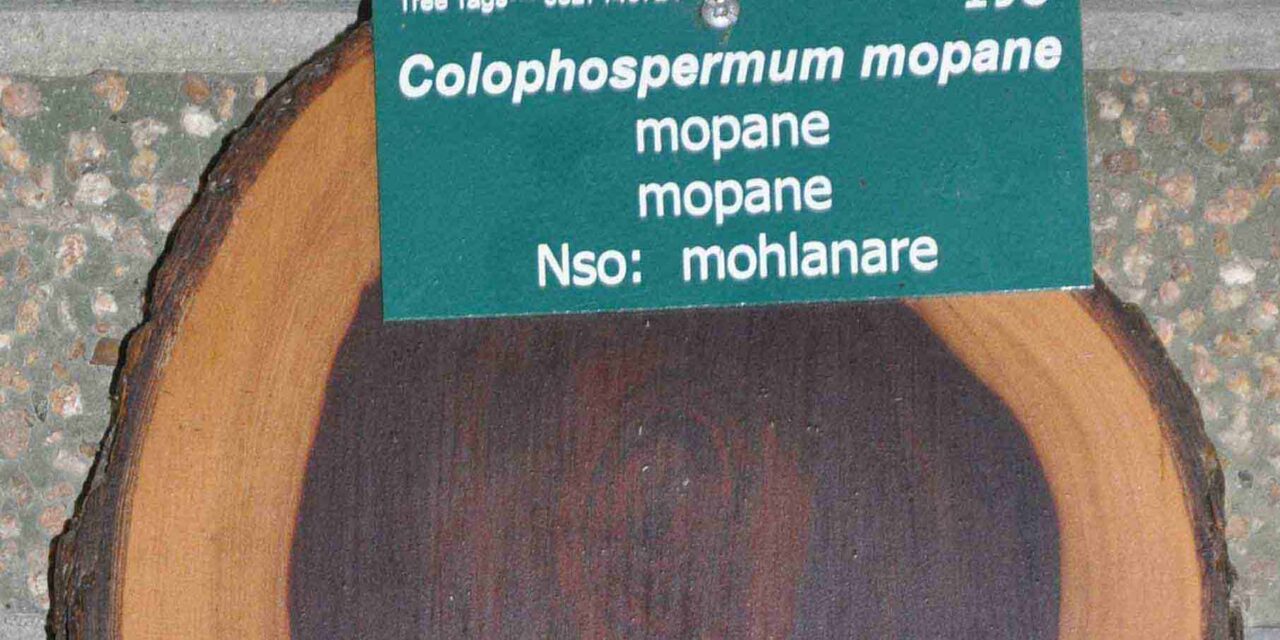
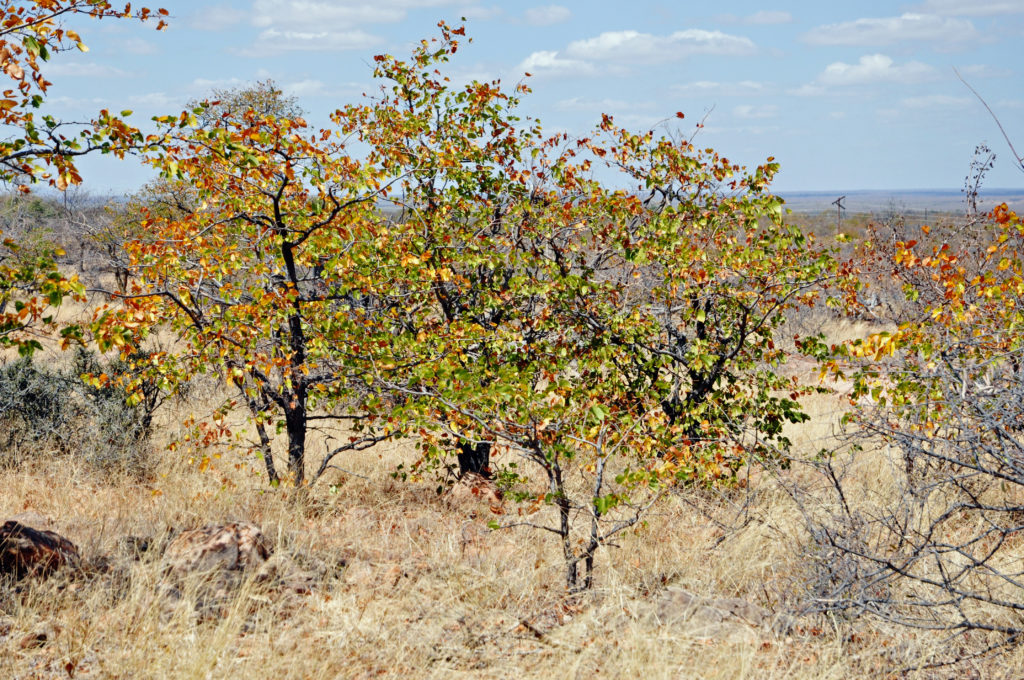
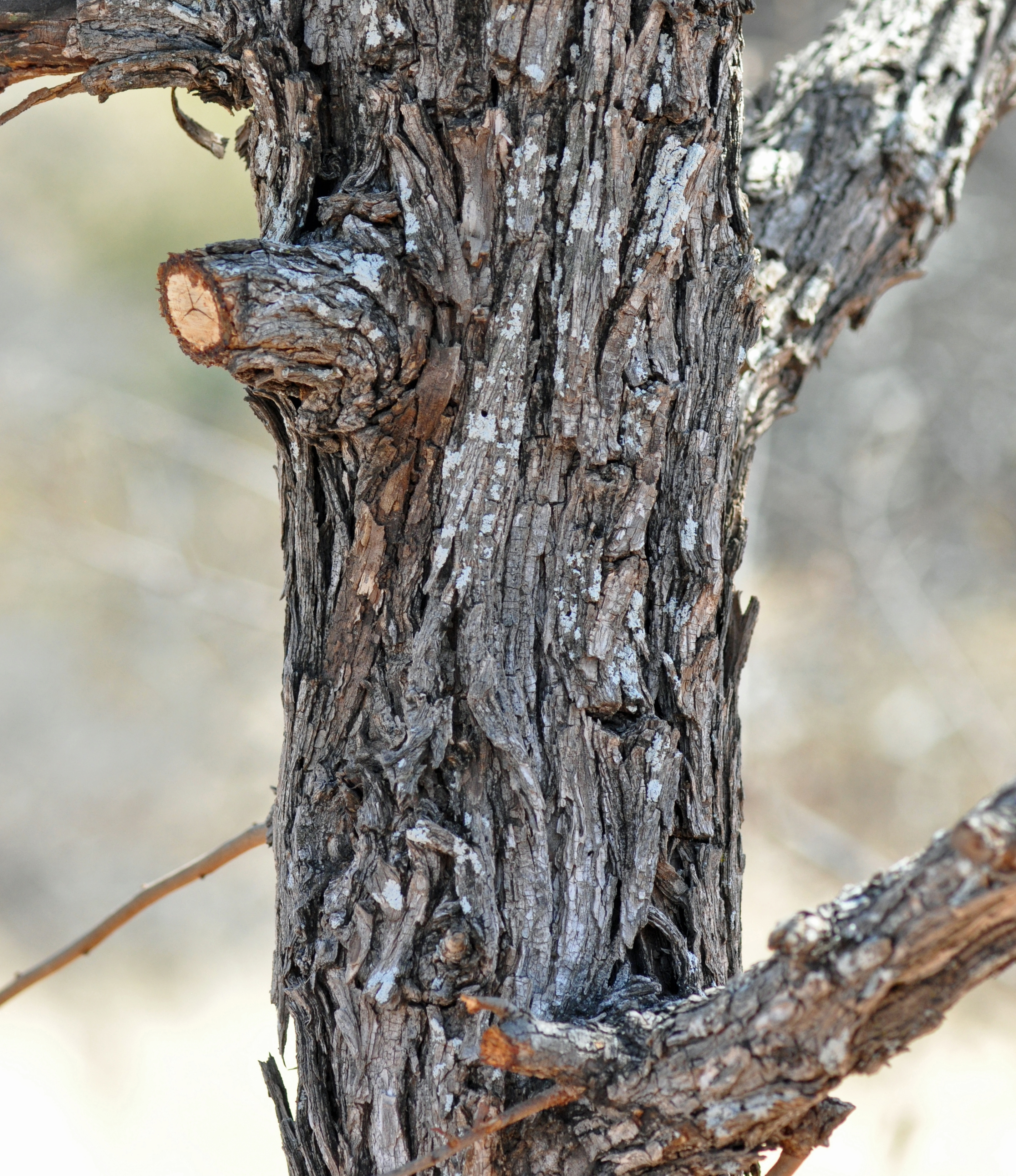
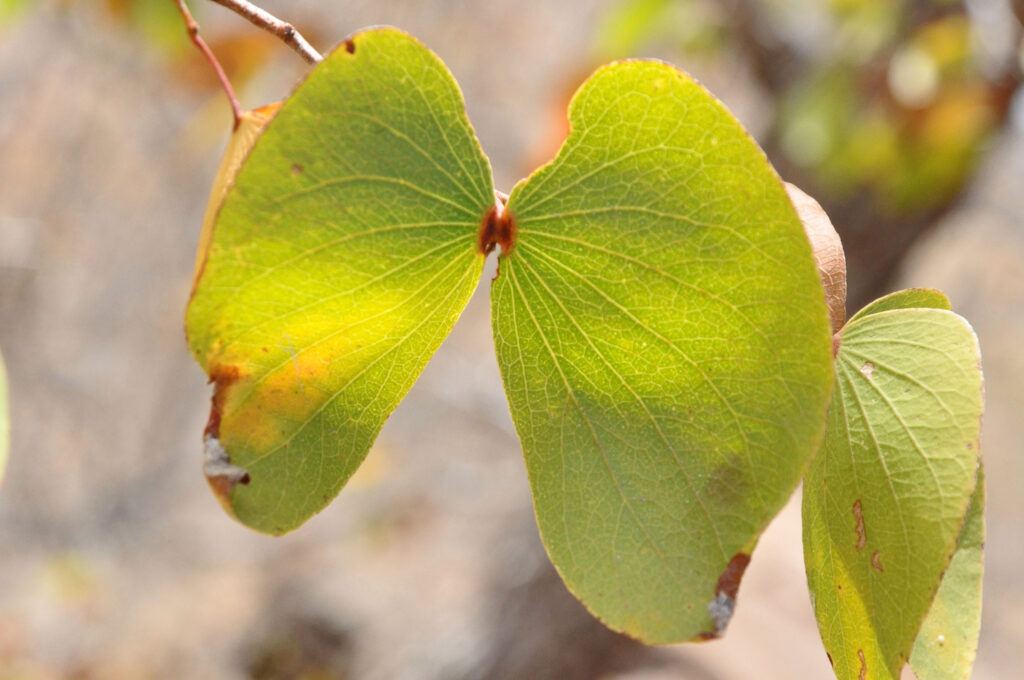
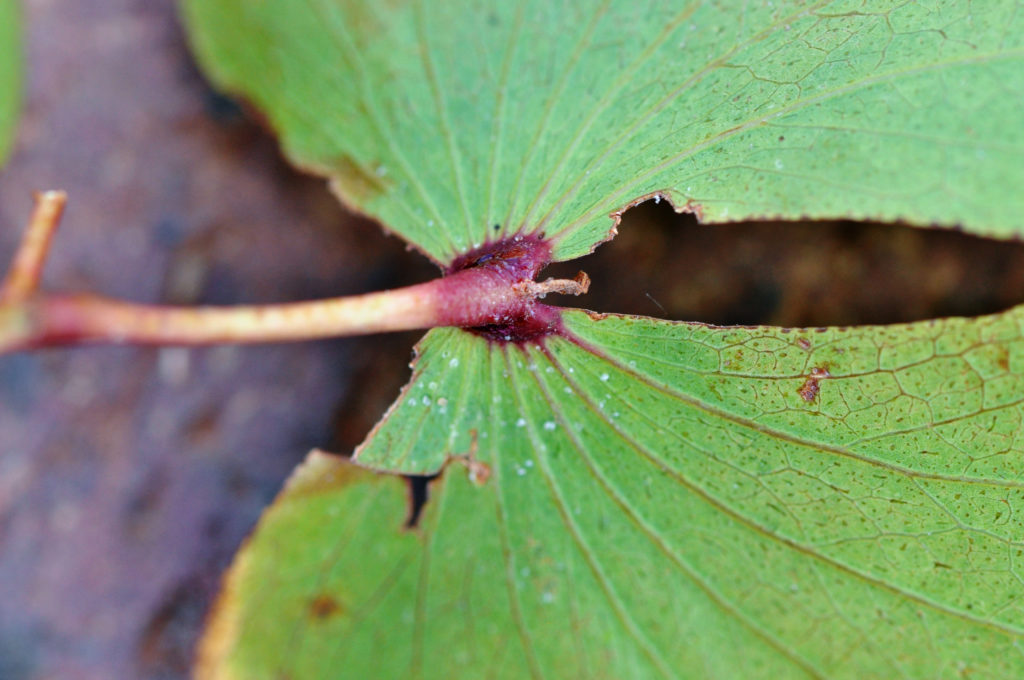
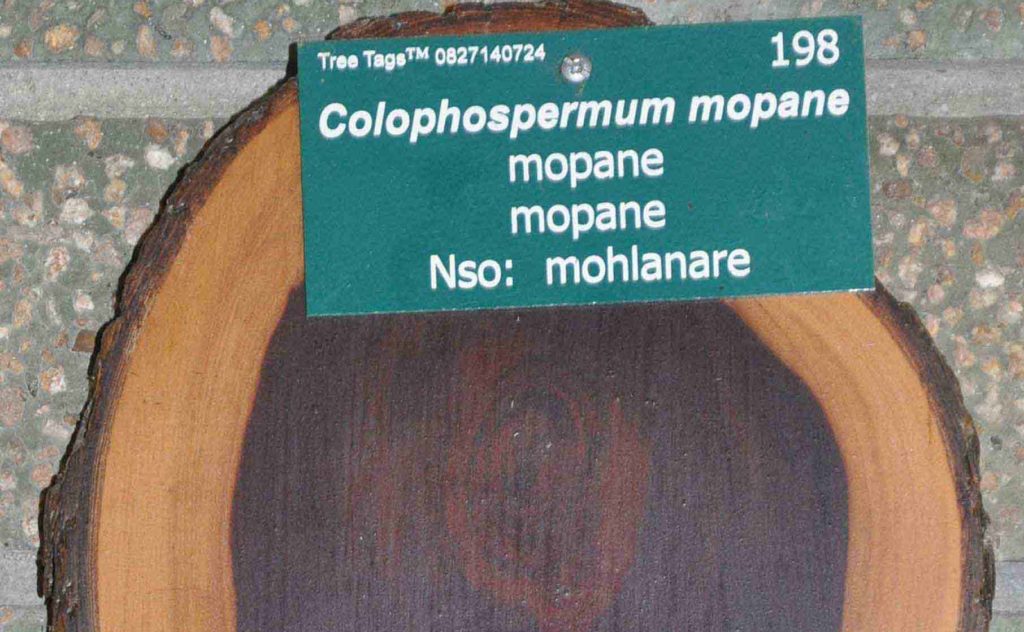
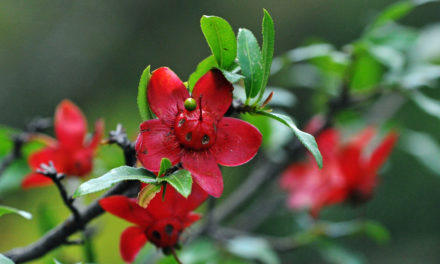
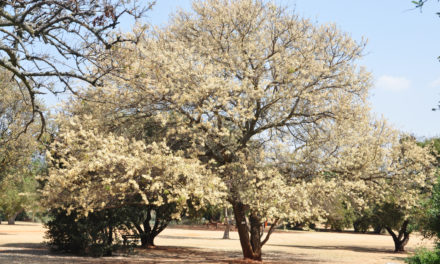
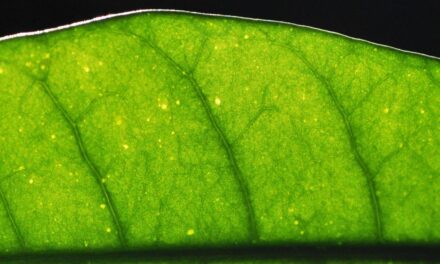
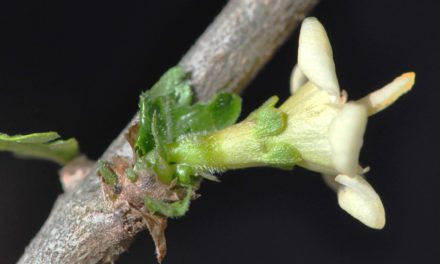
I’ve managed to germinate two Mopani seedlings from seeds I picked up in Kruger. I live in JHB. Any idea on whether they will eventually survive if I protect them for a few years until they are big enough to go outside? They’ve done fine in our hot summer, but winter is coming …..
Greetings Atiya
This is an interesting tree! These Trees are dominant in the northern parts of South Africa, Namibia and tropical Africa. They grow on sandy, poorly drained soils, in hot, dry, low-lying, frost-free areas. They also occur in high pH (alkaline) and alluvial soils. Regrettably Johannesburg is not the ideal climate. However, a lot depends on luck and hard work. Apart from winter for the first few years, the young tree should be in direct sunlight. Chat to your local nursery to find basic (non-acidic) additives for your plant.
Good luck.
David Becking.
Greetings Yahya
The problem is these plants are sensitive to frost. Keep them well protected over the first couple of years after planting in a relatively protective sunny area. Speak to your local nursery to help with fungal infection with young seeds. Good luck.
Dave Becking.